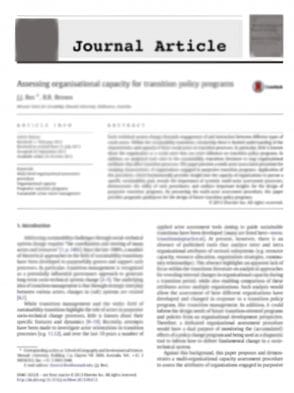Identifying vulnerable populations in subtropical Brisbane, Australia: a guide for heatwave preparedness and health promotion.
Abstract
Building healthy societies is a key step towards climate resilient communities. Ill health is related to increased risk during heat events and is disproportionally distributed within and between communities. To understand the differences in the spatial distribution of climate related health risks and how this will change in the future we have undertaken a spatiotemporal analysis of heatwave risks in urban populations in Brisbane, Australia. The aim of this was to advise emergency managers and public health authorities of high-risk areas during extreme heat events (EHEs). The spatial distribution of heat related morbidity identified areas of high healthcare service demand during EHEs. An index of risk was developed based on social and environmental determinants of vulnerability. Regression analysis was used to determine the key drivers of heat related morbidity from the index. A weighted map of population vulnerability was produced which identified the high risk areas and provided key information to target public health interventions and heat stress prevention policy. The predicted changes in high risk populations such as the proportion of elderly people living in urban areas were also mapped to support longer term adaptation and develop health care infrastructure and health promotion strategies.
